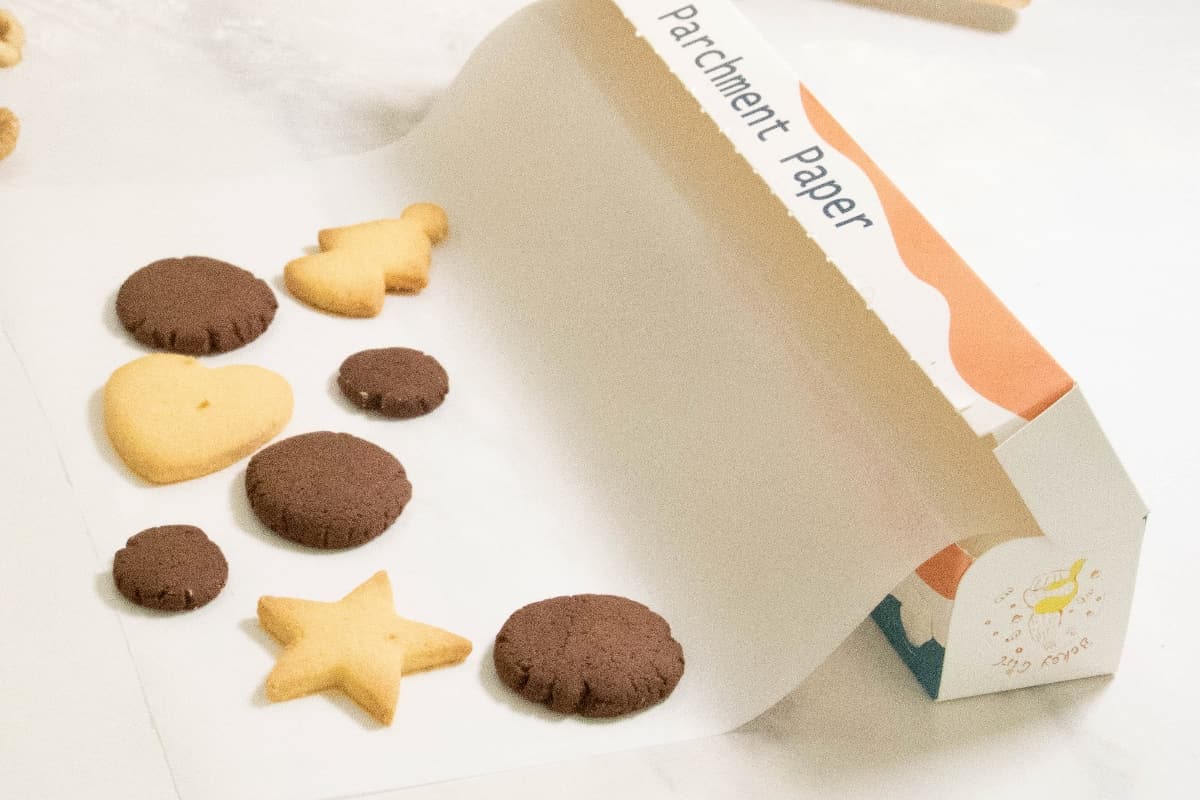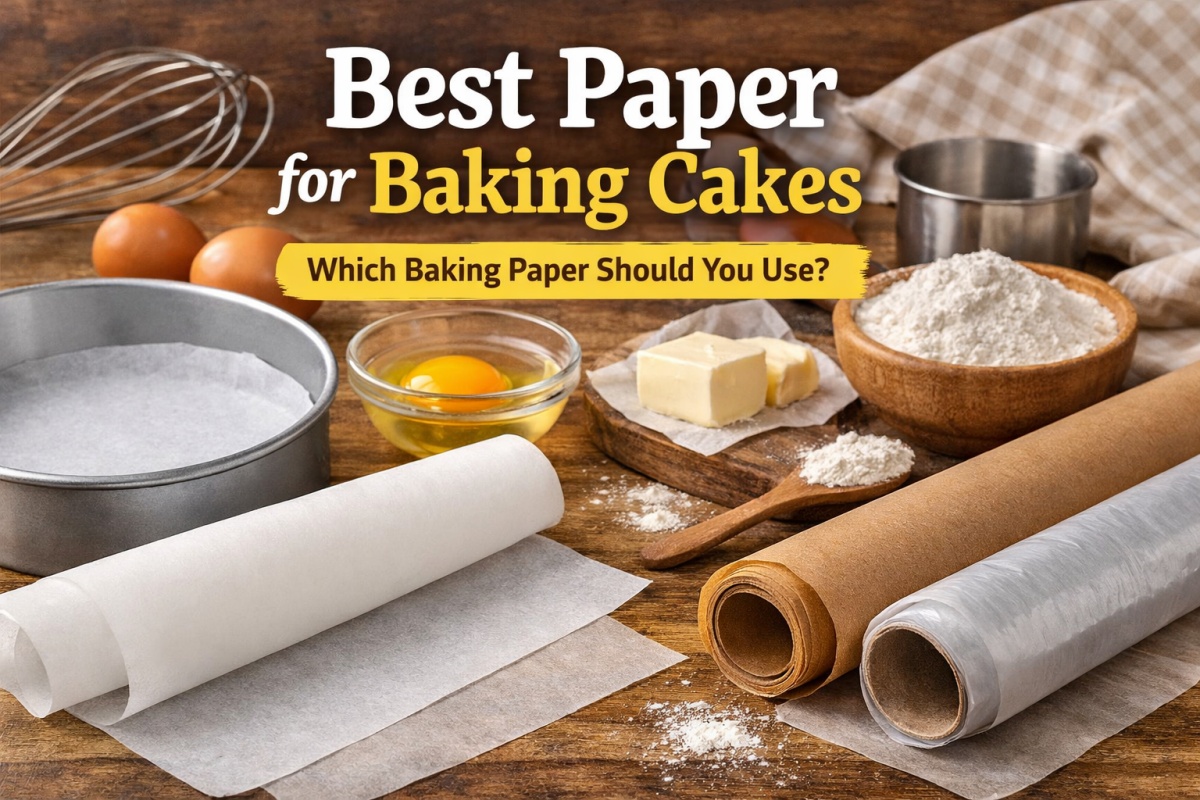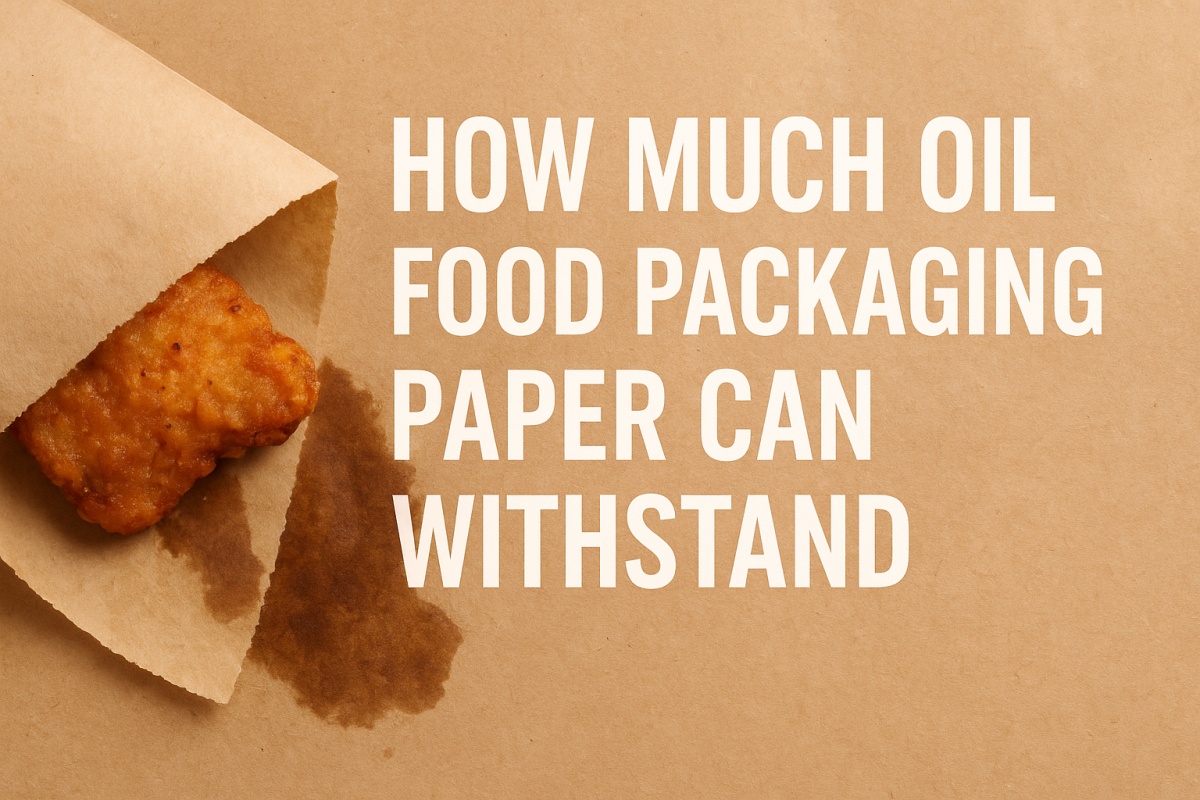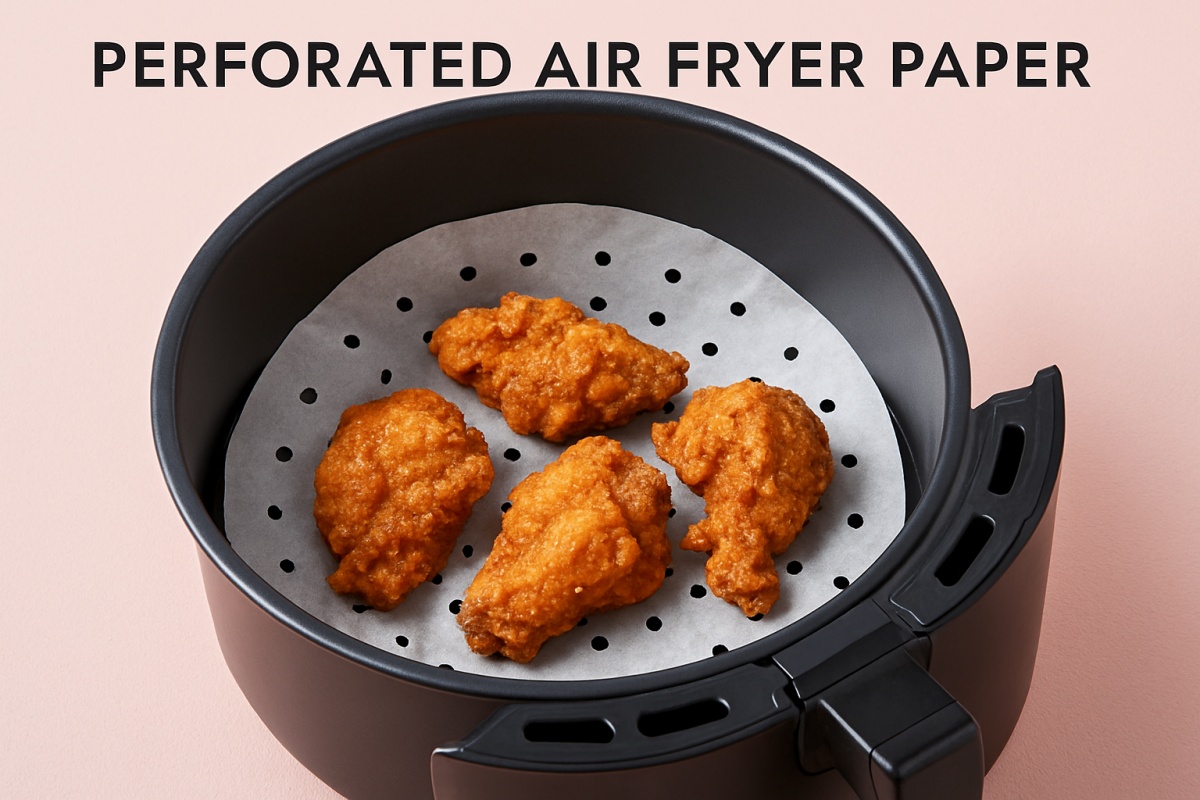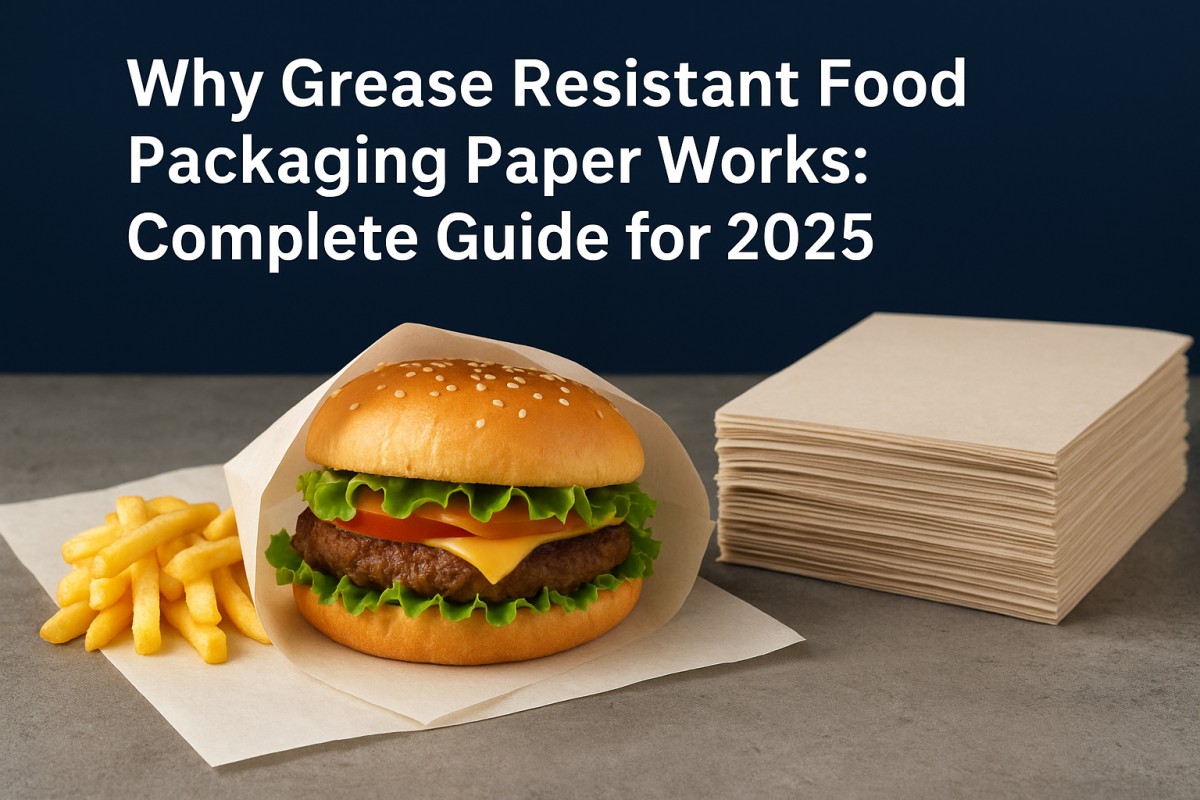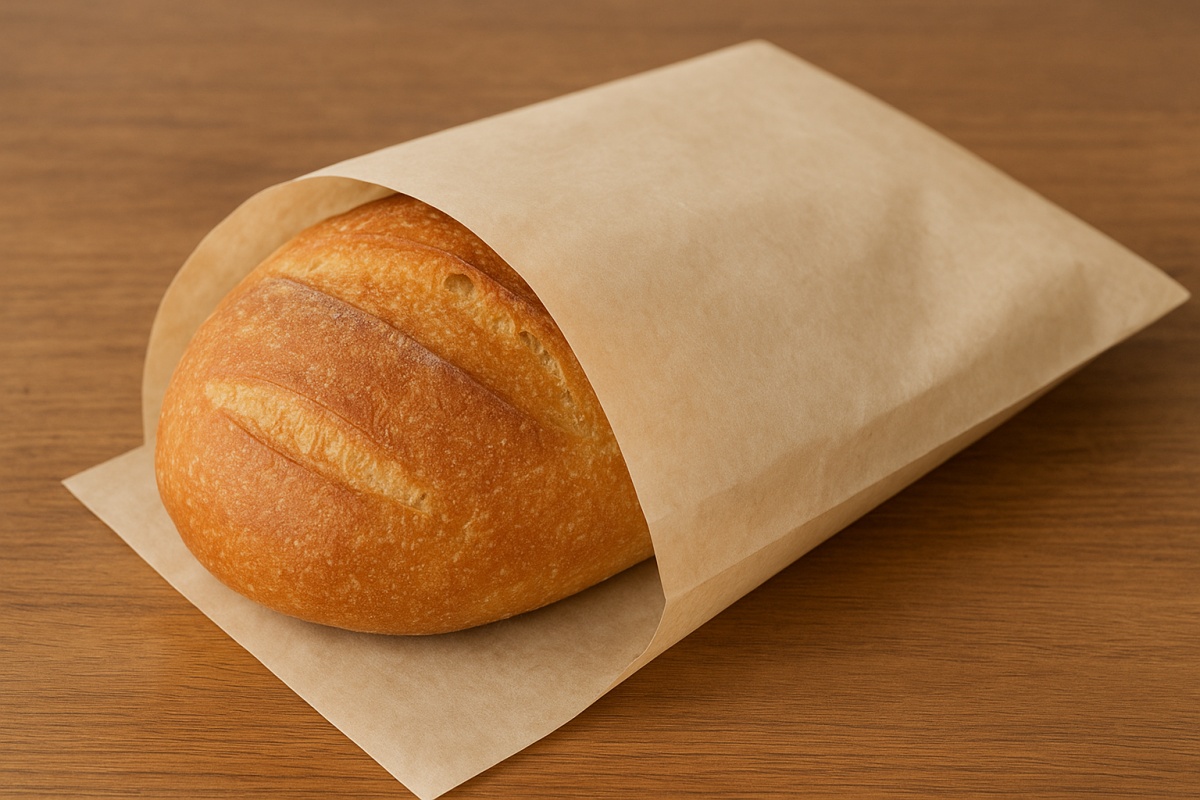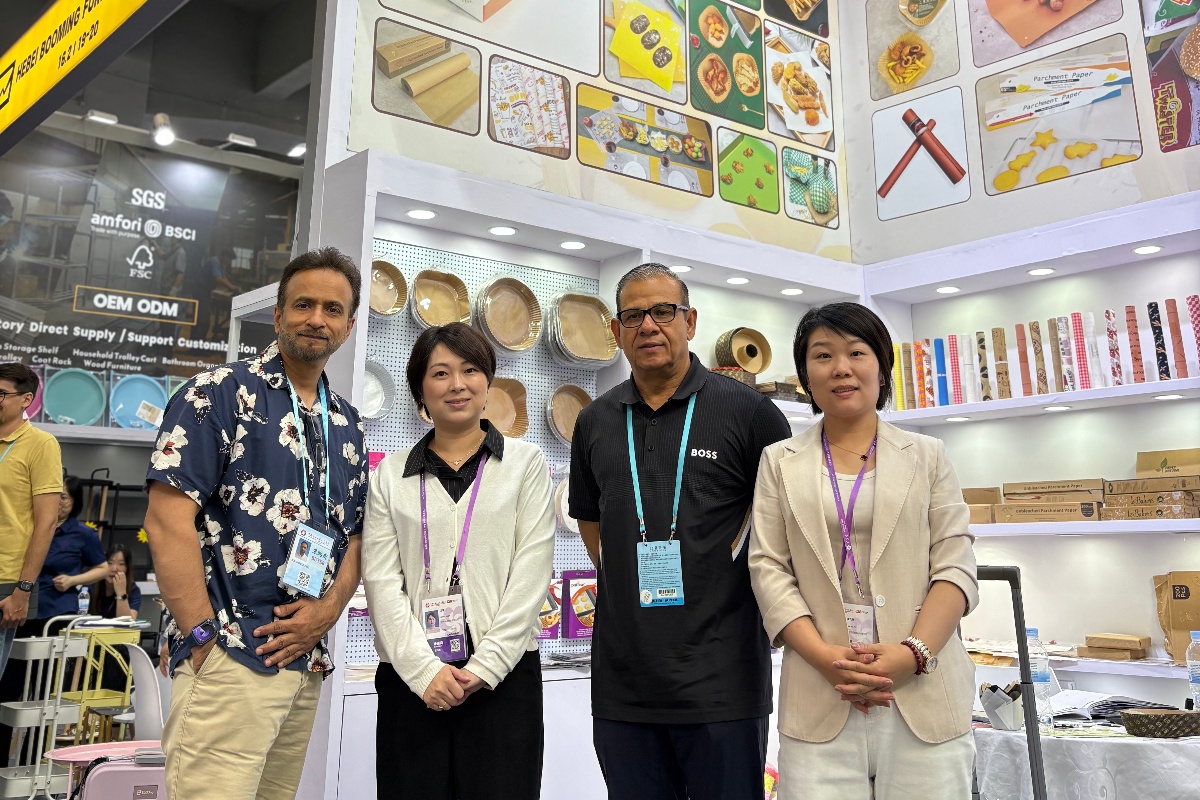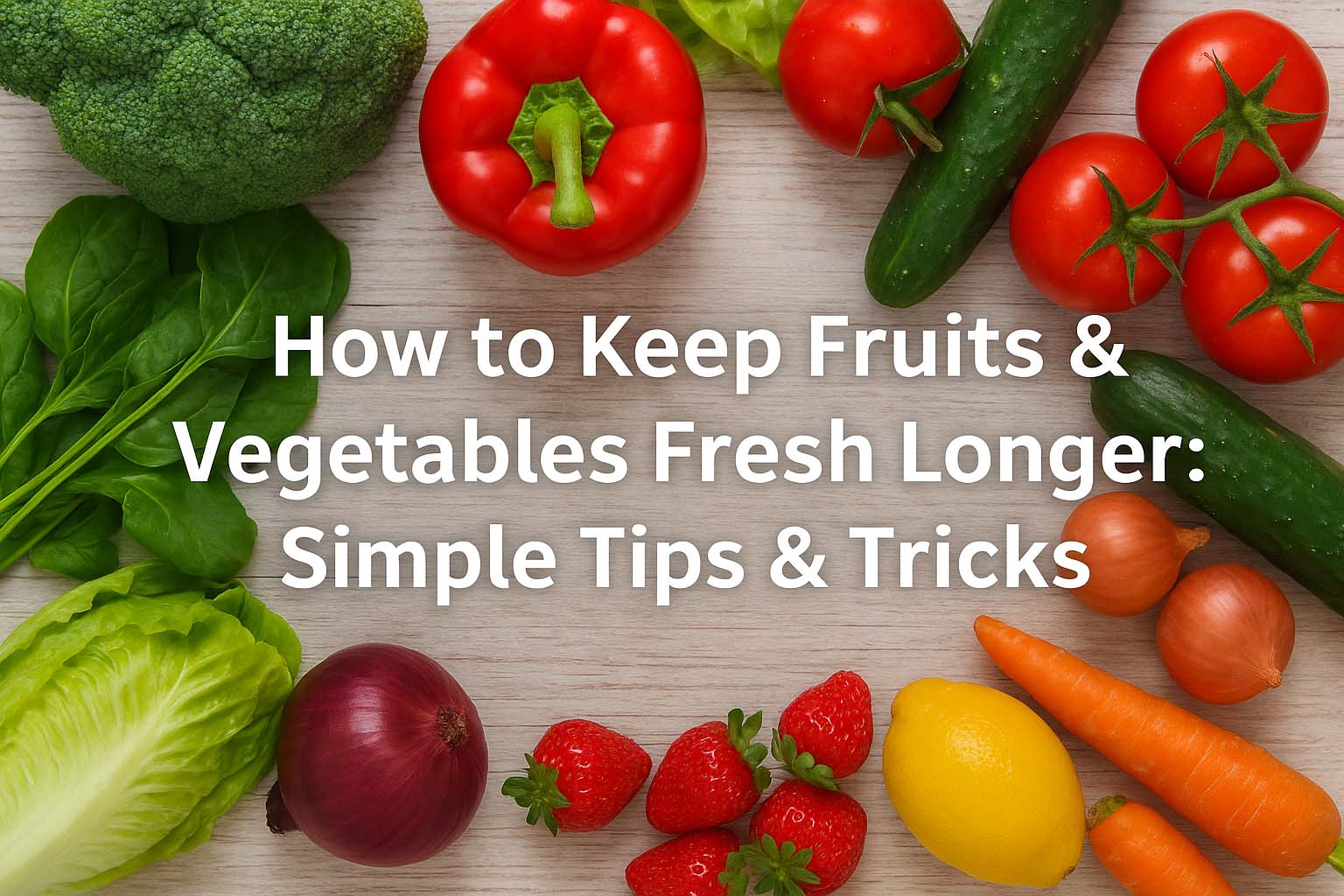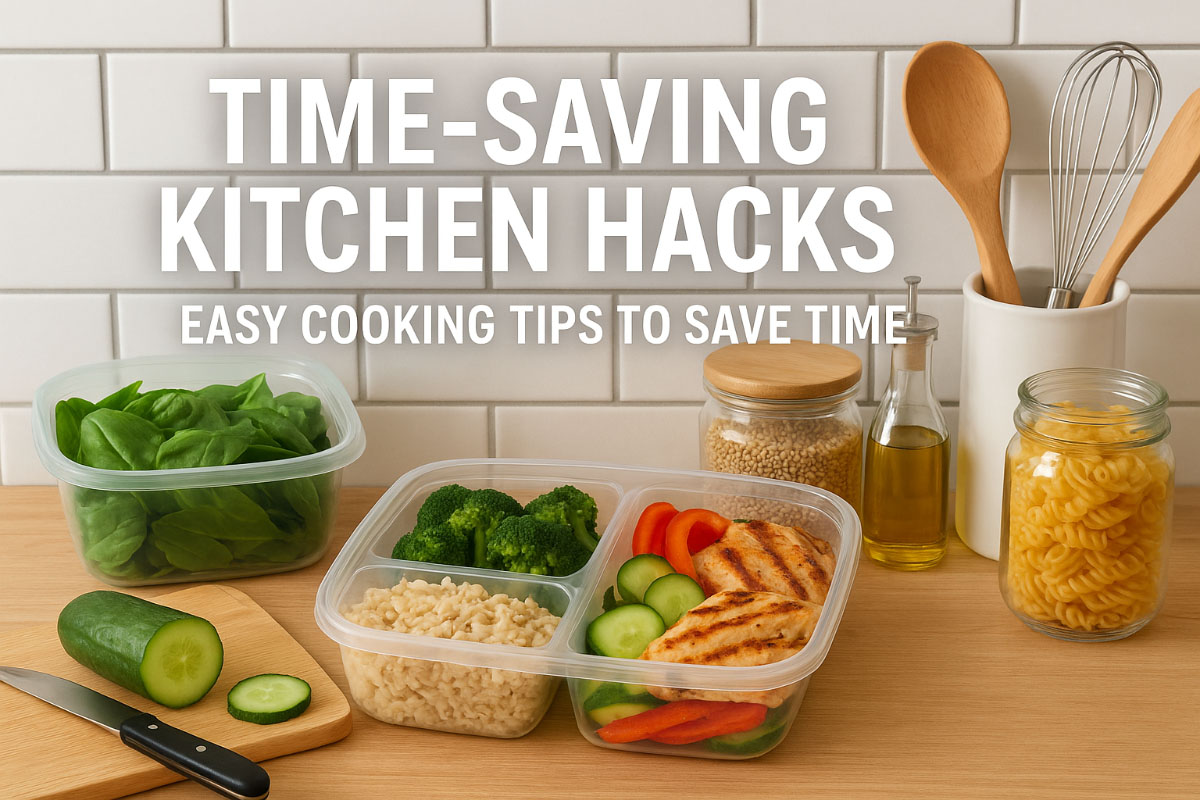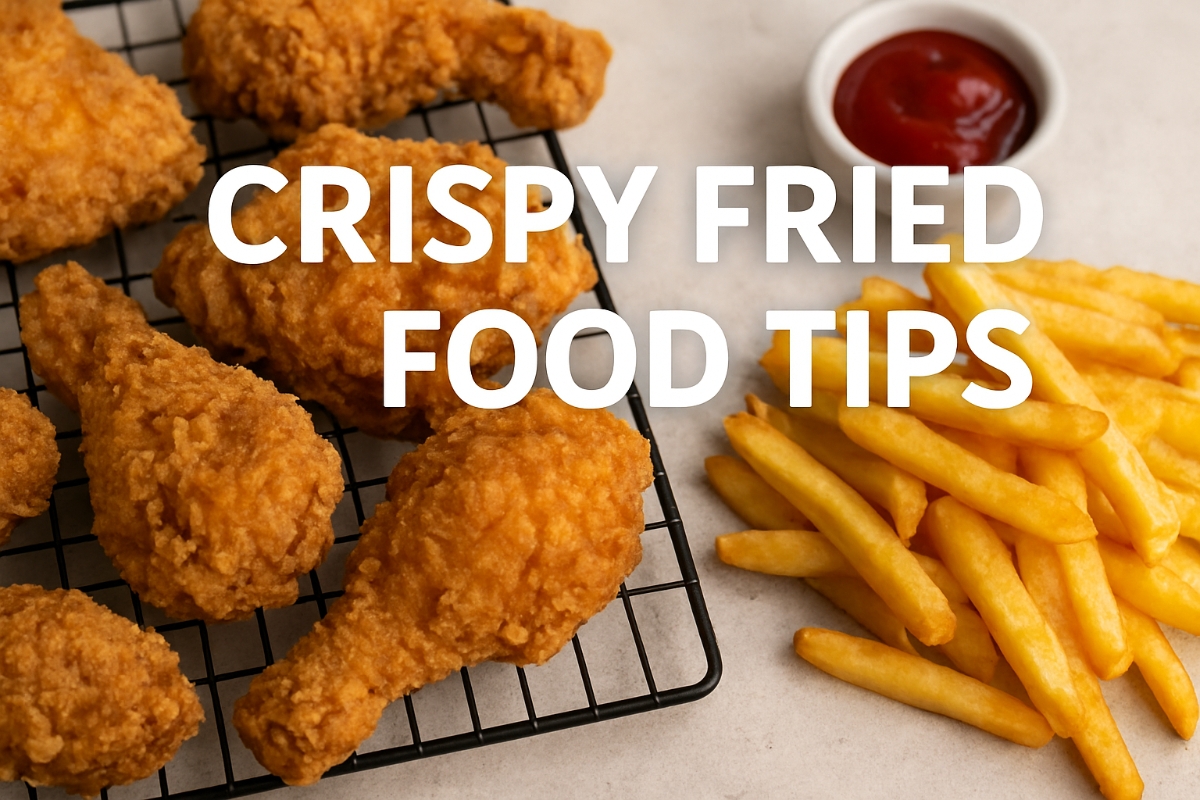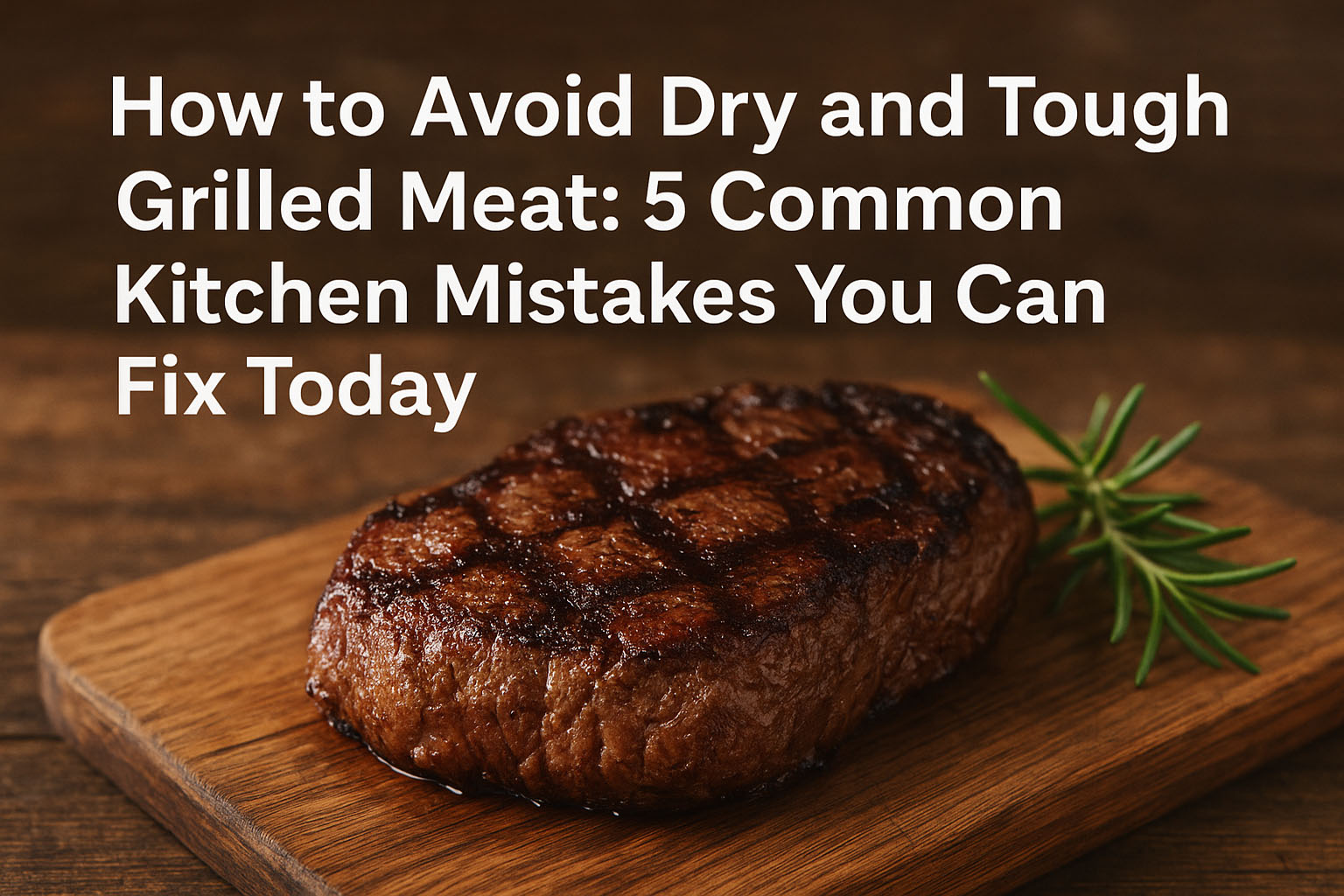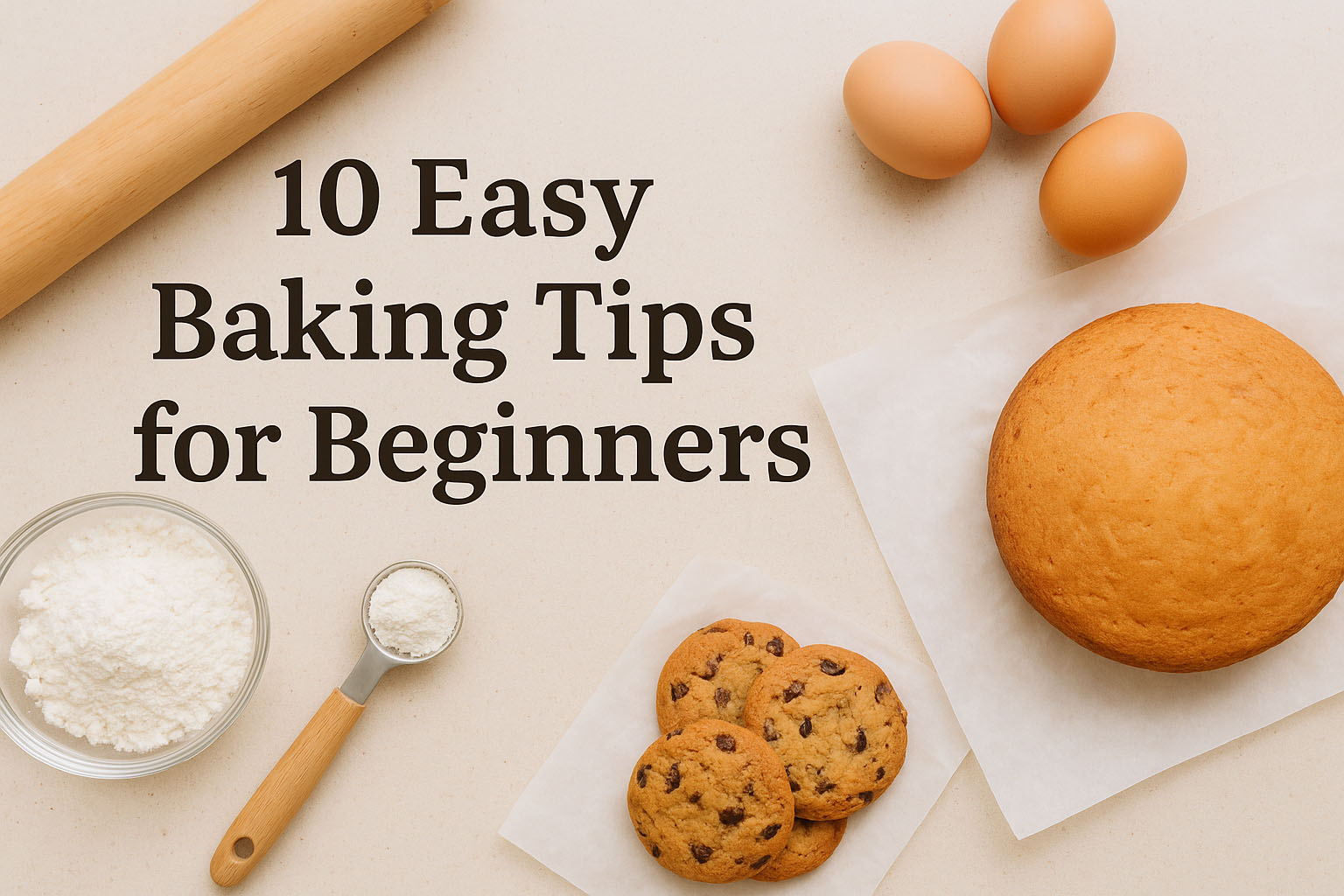When it comes to types of food wrapping paper, many people assume all white, smooth papers are the same. But in fact, greaseproof, glassine, and silicone paper each serve unique purposes and offer different benefits.
In this article, we’ll explain the differences between greaseproof paper, glassine paper, and silicone paper—three popular types of food-grade papers that are often confused. Let’s break them down and help you choose the right one for your application.
What is Greaseproof Paper?
Greaseproof paper is a dense, smooth paper specially treated to resist oil and grease. It’s ideal for wrapping burgers, sandwiches, pastries, and other oily foods. Its key features include:
- Oil and moisture resistance
- Breathability for keeping food fresh
- Can be printed for branding purposes
Greaseproof paper is commonly used in fast food packaging, bakery wraps, and food basket liners.
Looking for colorful and custom-printed options? Explore our Greaseproof Paper Collection
What is Glassine Paper?
Glassine paper is a smooth, glossy, and semi-transparent paper made by supercalendering. It is resistant to air, water, and grease, and is commonly used for non-food applications such as:
- Envelope liners
- Pharmaceutical packaging
- Collectible or stamp storage
- Food wrapping for dry or delicate items
Though grease-resistant, it’s not ideal for high-moisture or hot foods because it lacks heat resistance.
What is Silicone Paper?
Silicone paper, often known as silicone-coated baking paper, is a type of parchment paper that has been treated with a layer of food-grade silicone on one or both sides.
- Non-stick surface: Ideal for baking cookies, bread, and cakes
- High heat resistance: Can withstand temperatures up to 220–250°C (428–482°F)
- Reusable in some cases: Especially with double-coated silicone paper
This paper is a kitchen essential for both home bakers and commercial kitchens.
Which One Should You Choose?
- Choose greaseproof paper for wrapping greasy or moist foods like burgers, sandwiches, or fried items.
- Choose glassine paper when you need smooth, archival-safe packaging for dry goods or presentation.
- Choose silicone paper for non-stick baking and high-temperature cooking.
Each type of paper serves a unique role. Understanding their properties helps you avoid product waste, maintain food quality, and enhance your brand image.
Greaseproof, glassine, and silicone papers may look similar, but their performance and usage vary widely. Whether you run a bakery, food stall, or packaging business, using the right type of paper ensures functionality, hygiene, and customer satisfaction.
Need help choosing the right paper for your product? Contact us or browse our range of greaseproof and baking paper solutions for your next order.

